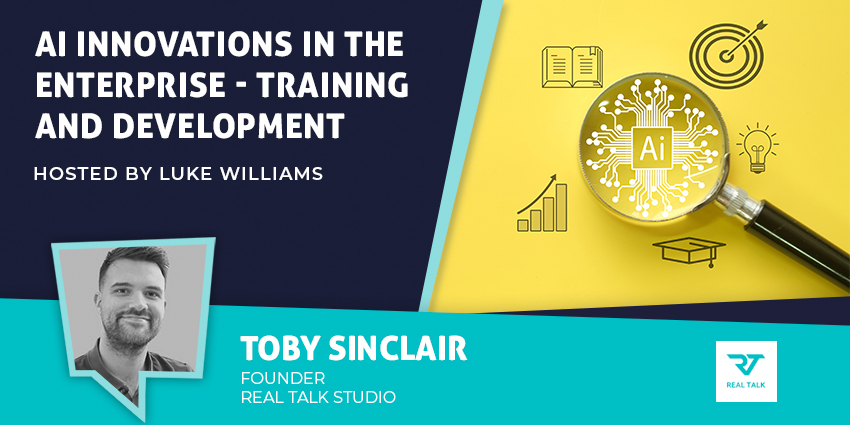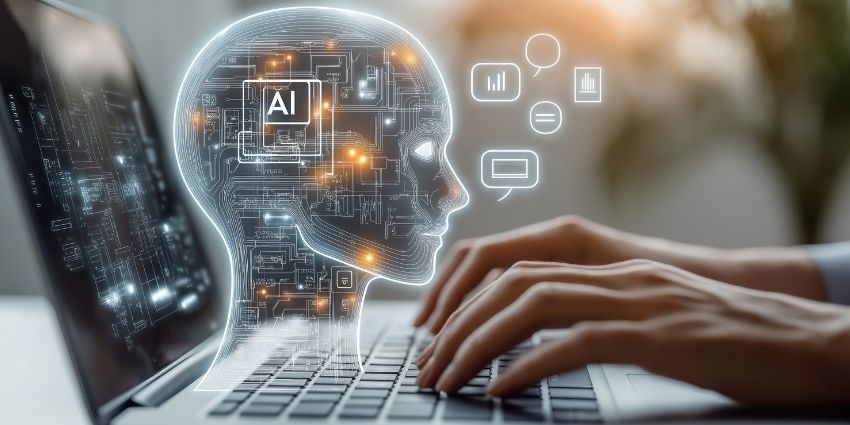Alongside the biggest news in AI, this week’s analysis from AI Today offers a slightly different perspective: how businesses are actually implementing AI to drive measurable value.
From financial ROI metrics to real-world applications across industries, we’re seeing compelling evidence that AI has moved beyond theoretical potential to practical business advantage.
The Economic Case for Enterprise AI Investment
Our analysis considers improvements in decision-making, cost reduction, productivity and more, as PWC projects AI will contribute more than $15.6 trillion to the global economy by 2030, while McKinsey suggests generative AI alone could add up to $4.4 trillion in productivity across 63 different use cases.
Independent research confirms these benefits aren’t just aspirational. Microsoft’s Azure AI shows a projected 284% ROI over three years, while Google’s Vertex AI customers achieve a remarkable 397% ROI alongside improved employee retention.
With global AI spending projected to reach $632 billion by 2028, forward-thinking businesses clearly see the value proposition in early adoption.
OpenAI Abandons For-Profit Conversion After Regulatory Pressure
OpenAI has reversed course on its plan to convert from a non-profit to a for-profit entity following what chairman Bret Taylor called “constructive dialogue” with attorneys general in Delaware and California. The decision came after former OpenAI staff and experts like Geoffrey Hinton formally opposed the conversion.
Instead, OpenAI will transform its commercial subsidiary into a public benefit corporation (PBC), similar to competitors Anthropic and xAI. This structure allows investors and employees to own uncapped stock while maintaining nonprofit oversight. Despite this corporate restructuring, Sam Altman’s vision remains unchanged:
We want to build a brain for the world… AGI should enable all of humanity to benefit each other.
Zuckerberg: Managing AI Through Talent, Not Finance
In conversation with Stripe’s John Collinson, Mark Zuckerberg revealed his approach to Meta’s AI integration and management philosophy.
Rather than focusing primarily on financial frameworks, Zuckerberg emphasized talent allocation:
I think about stuff more in terms of people than finances—where to allocate the best people and who gets to eat first.
This talent-density approach shapes Meta’s AI strategy as the technology becomes fundamental across all their products, balancing core business needs with future innovation.

Visa’s Strategic AI Partnership Initiative
Visa’s Intelligent Commerce strategy represents an ambitious corporate initiative to integrate AI deeply into global payment systems. By partnering with eight leading AI innovators—including Anthropic, IBM, Microsoft, Mistral AI, OpenAI, Perplexity, Stripe, and Samsung—Visa aims to fundamentally reimagine commerce through AI agents serving as customer intermediaries.
This strategic approach positions Visa at the intersection of financial services and AI innovation, potentially redefining commerce from routine transactions to complex decisions. As CEO Ryan McInerney emphasized, “For any AI commerce use case to take hold, the payment is a critical enabler of success. If there is no payment, there is no commerce.”
How Leading Companies Are Implementing AI Across Industries
AI Today’s industry analysis reveals how companies across major sectors are transforming operations with artificial intelligence.
In financial services, Inscribe leverages Anthropic’s Claude to power fraud detection tools, reducing data review times by 20x. Healthcare organizations report that Microsoft’s Dragon Copilot reduces clinician burnout by 70%, while 93% say it improves patient experiences.
Manufacturing giants like Siemens have integrated generative AI into predictive maintenance platforms, while retailers deploy tools like Amazon’s AI shopping assistant Rufus, projected to generate over $700 million in operating profits. Even automotive companies like Volkswagen are discovering new revenue streams by building AI assistants that explain dashboard warning lights through their mobile apps.
From Clippy to Claude: AI’s 30-Year Evolution Accelerates
The journey from Microsoft’s annoying Clippy paperclip to today’s sophisticated AI systemis one of history’s most dramatic technological transformations.
As I noted:
It took 25 years to go from Clippy to ChatGPT, but just 18 months to go from ChatGPT to AI systems that can reason through complex problems.
This acceleration is transforming business capabilities at unprecedented speed.
The progression from early voice assistants (2011-2015) through the deep learning revolution (2015-2019) to today’s advanced models like Claude 3.7 Sonnet shows how quickly AI capabilities continue to advance.
With each generation bringing dramatically enhanced abilities, the strategic imperative for business adoption grows ever stronger.







